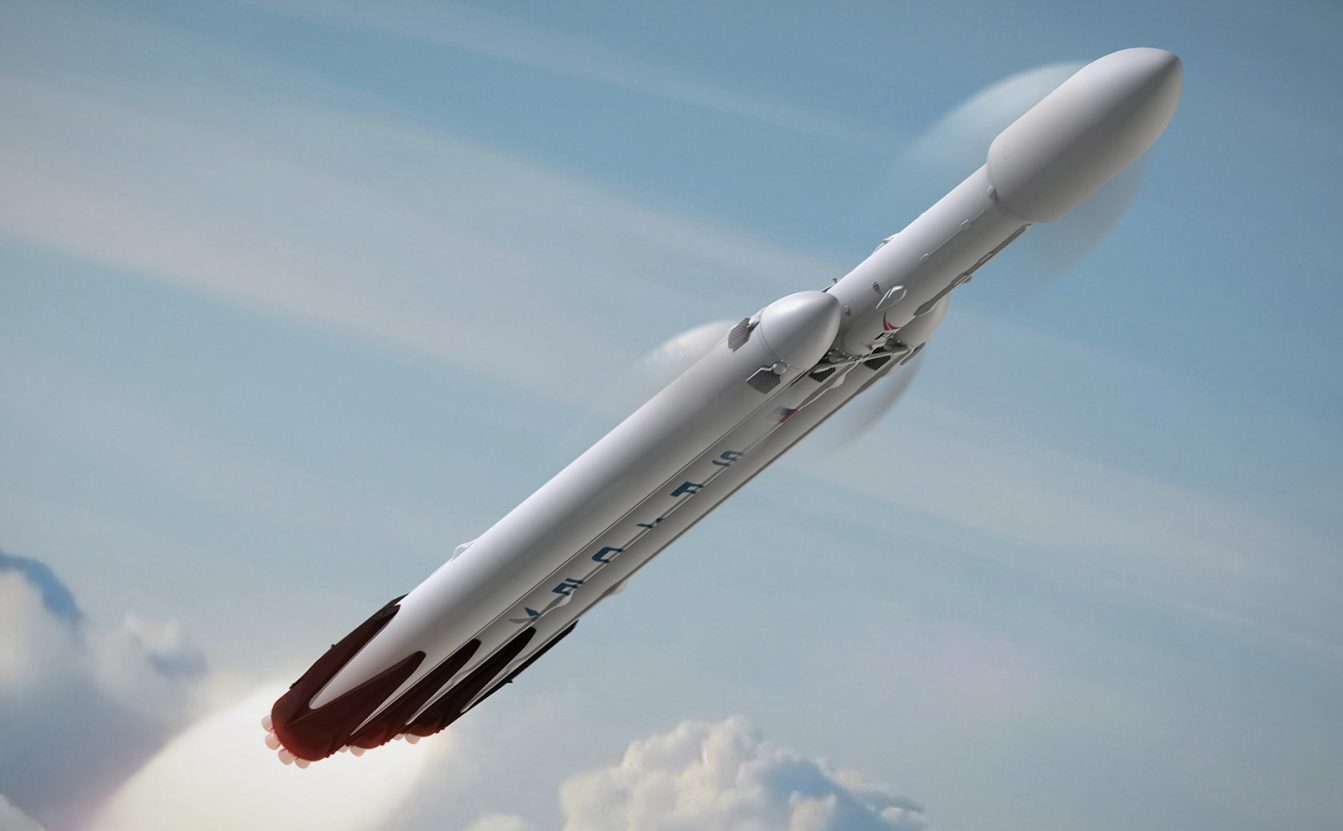You may know Elon Musk as the CEO and founder of Tesla, one of the leading companies in manufacturing electric cars. Others might know him as the creator of the Boring Company Not a Flamethrower (yes, this actually exists; over 20,000 Not a Flamethrowers were sold) or as the 53rd richest man in the world.
Still others may recognize him as the CEO and founder of his private space exploration company SpaceX. But wherever you’ve heard of him, you probably know that he’s both a brilliant innovator and something of a lunatic.
Elon Musk manages to combine the curiosity and attitude of a child with a genius-level knowledge of physics, mathematics and business. That unique combination of brains and audacity caused Forbes to rank him the 21st most powerful person in the world.
Elon Musk is eccentric to be sure; he once suggested that we nuke the surface of Mars to “warm it up” for human habitation. He produced and sold over 20,000 flamethrowers under the name “Not a Flamethrower,” in an attempt to prevent customs agencies around the globe from prohibiting the shipment. However, perhaps the best display of Elon Musk’s genius and daring came on Feb. 6 with the SpaceX Falcon Heavy launch.
Since its conception in 2002, SpaceX has been on the cutting edge of space travel and exploration, partially due to Elon Musk’s insanely far-reaching objectives for the company. The goal of SpaceX is to make humanity a “true spacefaring civilization.” By starting a colony on Mars, people can reduce the “risk of human extinction,” according to Elon Musk — and he fully intends to do everything he can to make that Mars colony happen.
And so, SpaceX was born in 2002. The new company meant that Musk would have the means to create the rockets he needed for his space travel projects and that they would be cheaper than rockets bought from outside sources. In fact, SpaceX allowed Musk to build the Falcon 1 rocket, which became the first privately-owned vehicle to put a satellite in orbit in 2008.
Then in 2011, NASA granted SpaceX $75 million for the development of SpaceX’s Dragon spacecraft to enable the carrying of passengers; a year later, in 2012, that same spacecraft made SpaceX the first commercial company to connect a vehicle to the International Space Station.
SpaceX is the largest private producer of rockets in the world and has over 100 operational Merlin 1D engines, the most powerful engines on earth for their weight. Combined, the 9 Merlin 1D engines on the Falcon 9 rockets can produce 1.3 to 1.5 million pounds of thrust, depending on the altitude.
Musk views space exploration as necessary for the survival of humankind, and his goals with SpaceX are to make it as plausible and inexpensive as possible to expand outside the atmosphere of Earth. He hopes to have a colony of at least 80,000 people on the surface of Mars by the year 2040.
However somebody has to ask: are these goals at all plausible? Are Elon Musk’s plans for space travel the result of extensive calculations about the feasibility of such a feat? Or are they more based in an idealistic dream that might not take reality into account? He seems to be a classic case of a mad scientist — brilliant and ambitious, but maybe not exactly put together right.
Nevertheless, Elon Musk and SpaceX took a huge step towards realizing the goal of commercialized space travel two weeks ago with the Falcon Heavy spacecraft. The Falcon Heavy is essentially a modified Falcon 9 rocket with two more Falcon 9 attached as additional boosters.
Those three rockets, containing 27 Merlin 1D engines, generate over 5 million pounds of thrust at liftoff. That’s about the same amount of thrust you could get from 18 747 airplanes.
This is the world’s most powerful operational rocket, able to lift over 140,000 pounds of mass into orbit. And yet, it’s only one-third as expensive as the world’s second most powerful rocket. On Feb. 6, this spacefaring colossus displayed its vast potential in a test launch.
At 3:45 p.m. EST, Falcon Heavy successfully lifted off from the Kennedy Space Center in Florida. The launch was streamed on YouTube and clocked in as the second-largest stream of all time on the platform, with over 2.3 million concurrent viewers at its peak.
This launch was a test for Elon Musk to prove to the world what Falcon Heavy can do, and for the most part it was a massive success. Falcon Heavy delivered the second-highest payload to orbit ever, surpassing all but the Saturn V moon rocket, which hasn’t been flown since 1973.
In addition, SpaceX’s rocket carried Musk’s own $100,000 midnight-cherry Tesla Roadster into space, complete with a mannequin named Starman at the wheel. Its owner described it on Twitter as “a red Roadster for the red planet.” The roadster’s dashboard proudly displays a “Don’t Panic” message: just a quick reminder that Musk has everything under control.
Perhaps the biggest feat of the Falcon Heavy launch was that all three Falcon 9 rockets used in the launch were designed to return to Earth, ready for reuse. While the central core crashed into the Atlantic on its return flight, the additional Falcon 9 rocket boosters landed as planned.
Nevertheless, the spacecraft still has a long way to go. SpaceX built Falcon Heavy with the hopes that it would one day carry humans to the Moon and Mars, and possibly even further into outer space.
In addition, Elon Musk intends to eventually use Falcon Heavy to open the door for asteroid mining. At the moment, however, it is not certified for carrying humans and has been reserved for launching large satellites or space probes.
But the test launch, of course was just the beginning for Elon Musk’s SpaceX agenda in 2018. There are two more scheduled missions this year. Since SpaceX and Musk are known for taking mistakes and learning from them, we can reasonably expect the central core of the next Falcon Heavy to make it back safely.
Between the launch of the first Falcon Heavy and SpaceX’s plans for the future, it’s difficult to believe that Elon Musk is the same man who invented a flamethrower and tried to sell it as a “Not a Flamethrower.” After Feb. 6, however, Musk has proved that madness can sometimes be genius in the wrong light.

















